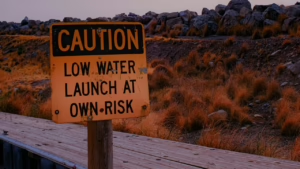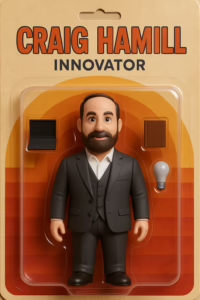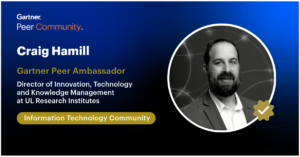
I am working on a whitepaper discussing ‘The High Cost of Doing Nothing’. I was encouraged by Tom Kuczmarski to continue on this topic from my presentation capstone Fellowship with Northwestern University – Kellogg School of Management and Chicago Innovation. I wanted to share an abstract and get the thoughts of the community around this topic.
Abstract: Redefining ROI in an Era of Disruption
Return on Investment (ROI) has long been the guiding star for business decisions a calculation of value gained for resources spent. Today, however, executives face a new kind of ROI: the Risk of Inaction. In a business landscape defined by rapid technological change, market disruption, and evolving customer expectations, inaction carries a cost that can far outweigh the upfront expense of bold moves. Focusing only on the short-term returns of an investment while ignoring the long-term peril of standing still is a dangerous trap. As one analysis puts it, “the cost of doing nothing” can silently erode an organization’s value through missed opportunities, efficiency losses, and fading market relevance. In simple terms, failing to act is an action one that can undermine even the mightiest of companies. The premise of this whitepaper is clear: in a world of constant disruption, the biggest risk is refusing to take any risk. Leadership must urgently reframe how decisions are made, factoring in the high price of playing it safe. The chapters that follow explore why inaction has become the ultimate threat to enterprise longevity and how forward-looking leaders can respond with urgency, accountability, and strategic foresight.





